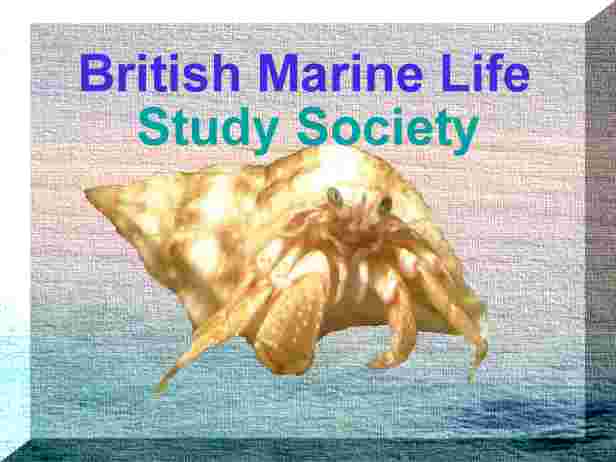
| GENERAL
Sea Anemones |
| Movement |
| Feeding |
| Predators |
| Diagram |
| Database |
|
|
| Placozoa |
| Porifera |
| Cnidaria |
| Ctenophora |
| Mesozoa |
| Platyhelminthes |
| Nemertina |
| Gnathostomulida |
| Gastrotricha |
| Rotifera |
| Kinorhyncha |
| Loricifera |
| Acanthocephala |
| Entoprocta |
| Nematoda |
| Nematomorpha |
| Ectoprocta |
| Phoronida |
| Brachiopoda |
| Mollusca |
| Priapulida |
| Sipuncula |
| Echiura |
| Annelida |
| Tardigrada |
| Pentastoma |
| Onychophora |
| Arthropoda |
| Pogonophora |
| Echinodermata |
| Chaetognatha |
| Hemichordata |
| Chordata |
| CNIDARIA |
|
|
Sagartia troglodytes
 |
Common Name(s):
Scientific Name:
|
| Identification:
Various different colours have been described. Almost all except blue. Exact information on the colours link below. This anemone can change the colour of its tentacles, the larger one adopting a brown and cream combination resembling the colours of the bird called the Jenny Wren Troglodytes troglodytes. Sagartia
troglodytes
Photograph showing the longitudinal
lines which are less pronounced than in
Similar species: Sagartia ornata. Sagartia elegans. Breeding: Habitually viviparous, although this is rarely recorded (I have never seen it). The method of the anemone developing within the body cavity is not confirmed. Research into similar viviparity in Actinia equina seems to indicate reproduction is asexual. Habitat: This anemones buries about 10 to 50 mm down underneath the sand but attached to a rock. The anemone stretches its column up so that the oral disc and spread of tentacles are level with the sand surface. If disturbed the anemone can disappear completely beneath the sand. A large population can be present but invisible. The column has to be adaptable to squeeze between the rocks, which can be embedded close together in the sand. Link to a picture of a typical intertidal
habitat.
Behaviour: Usually this anemone is medium/strongly adherent and can only be detached from a rock with great care.
The
small spider crab has a fascination with all sea anemones
Food: Proportionately large crustaceans, including small crabs. Mostly caprellids, amphipods. Range: All British coasts. Norway - Mediterranean (probably only in the north and west). Additional Notes:
Information wanted: Please send any records of this sea anemone,
with location, date, who discovered it, how it was identified, prevalence,
common name and any other details to
|
| FIVE KINGDOMS TAXONOMIC INDEX TO BRITISH MARINE WILDLIFE |
|
|
|
News 2018 |
Membership Form |
|


